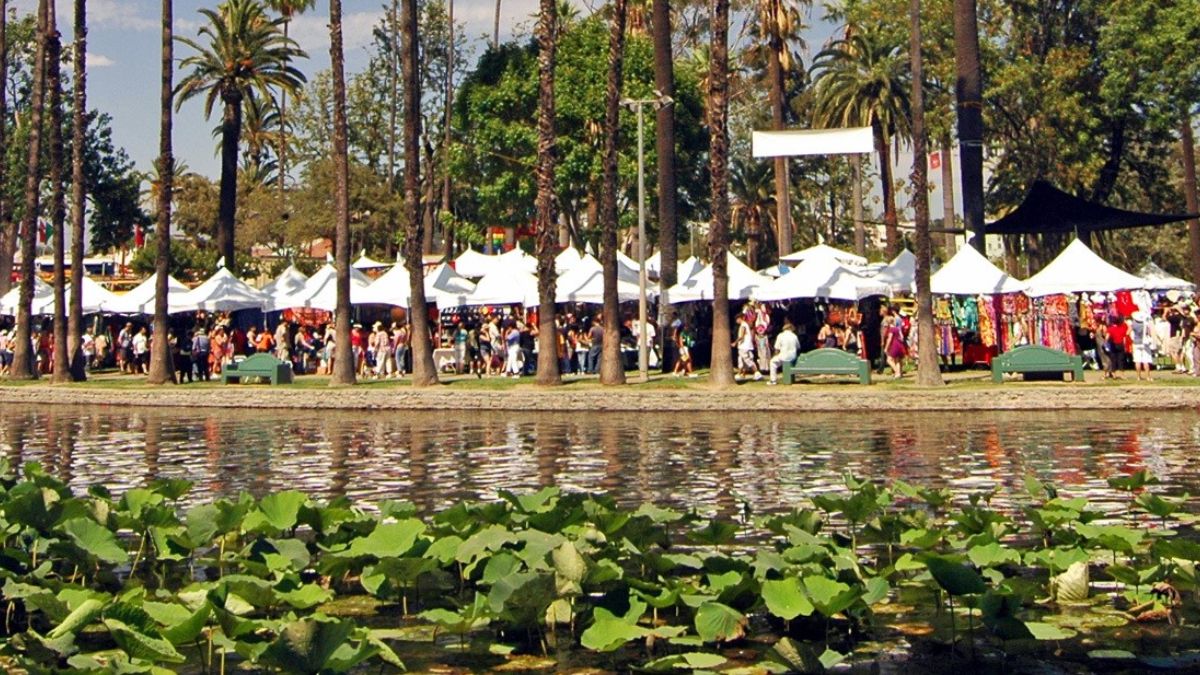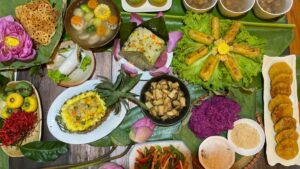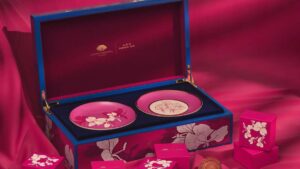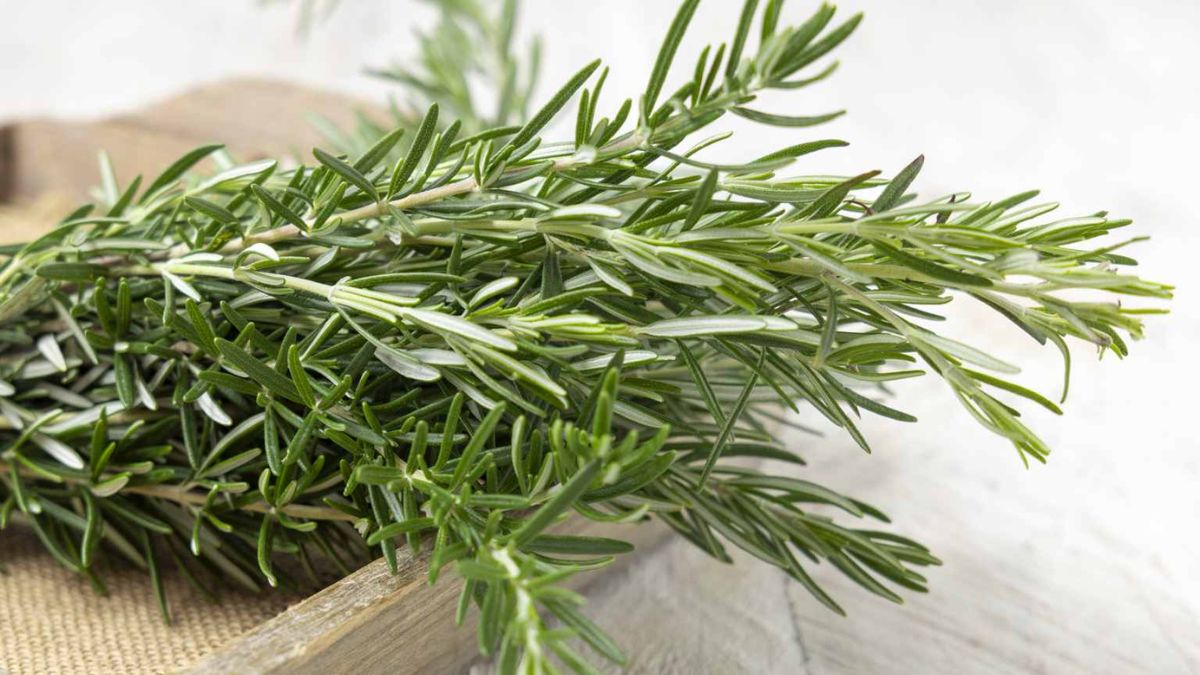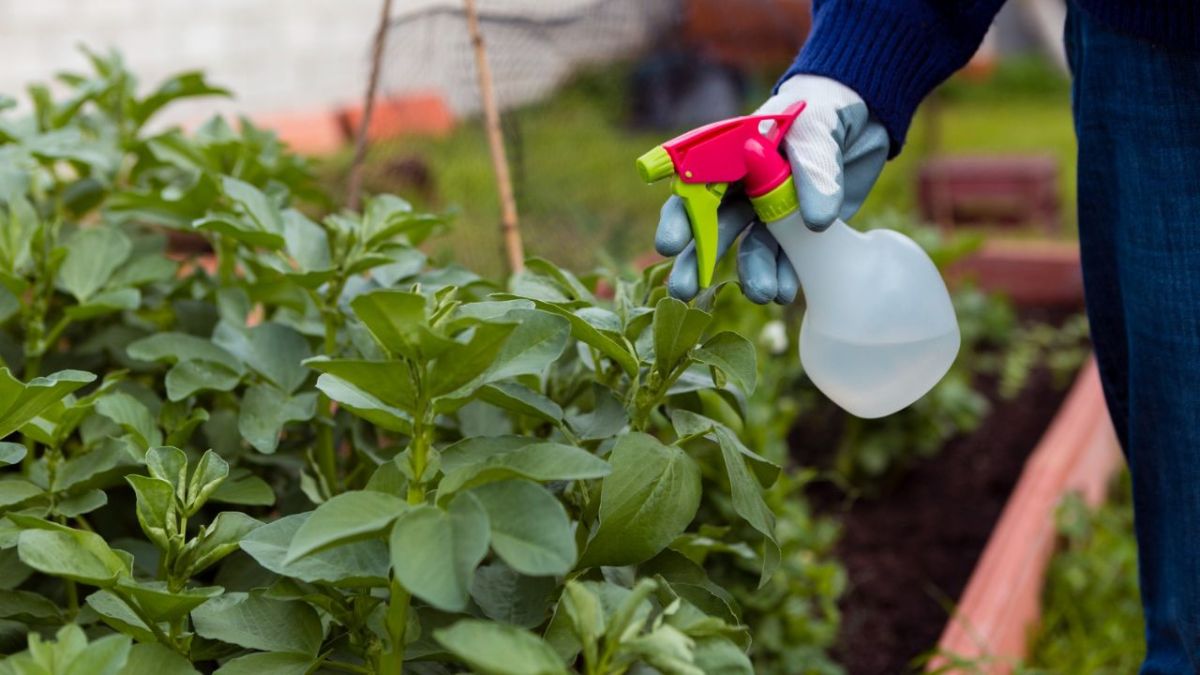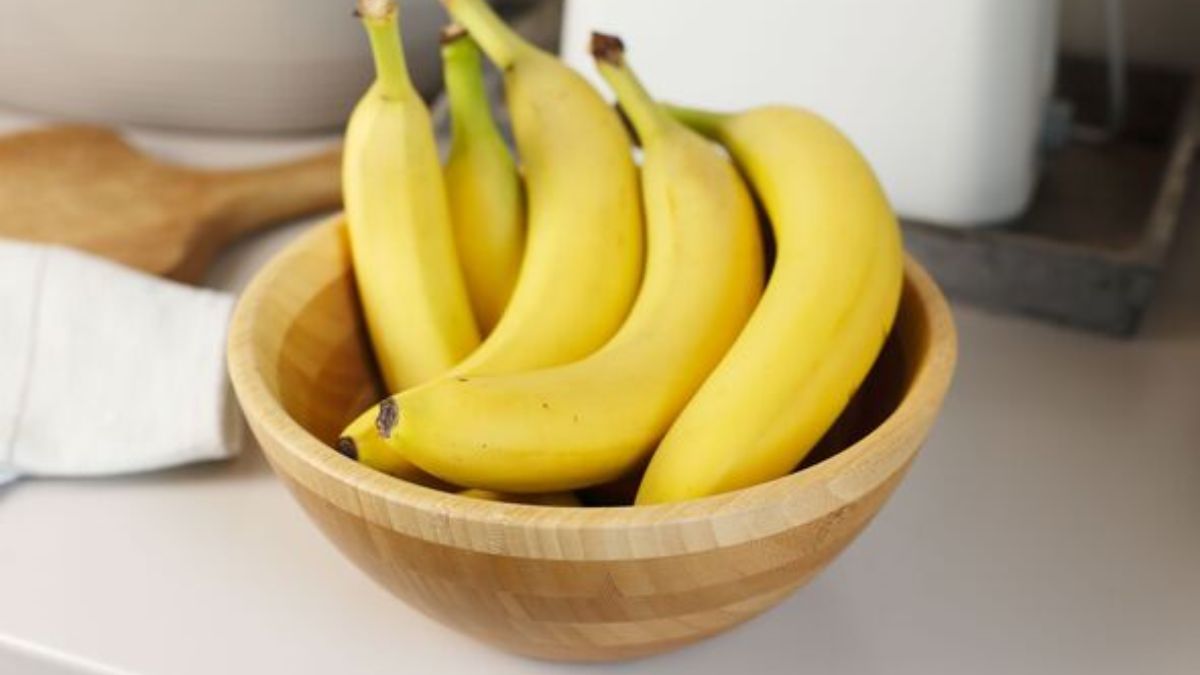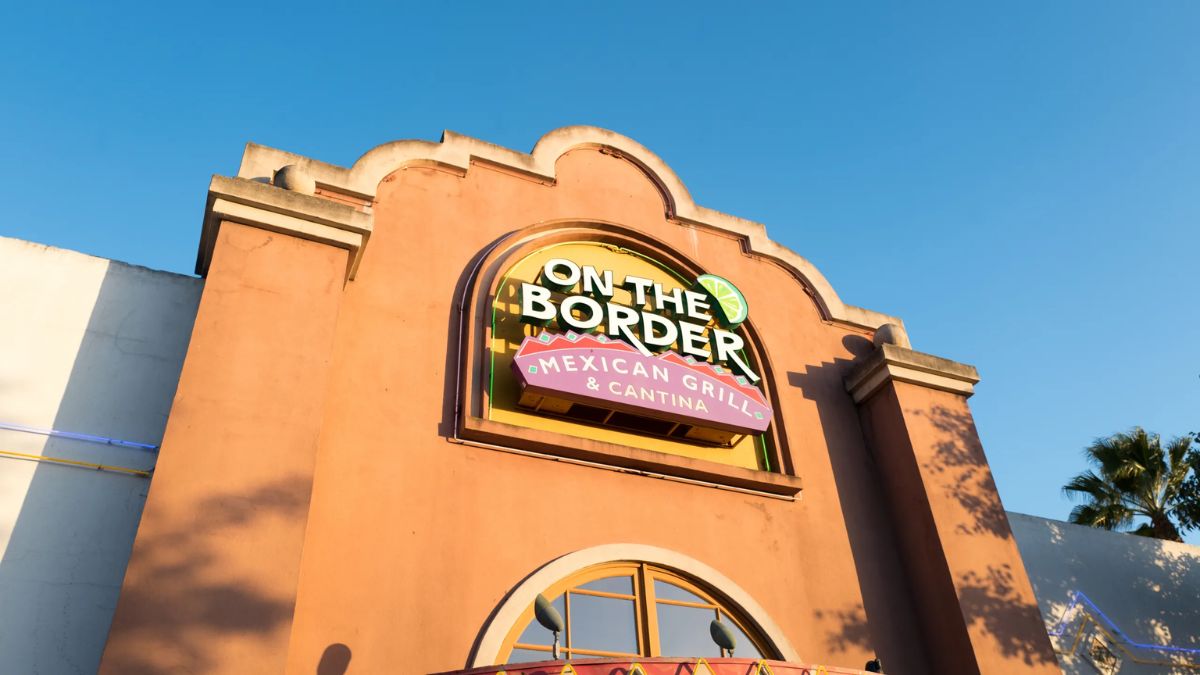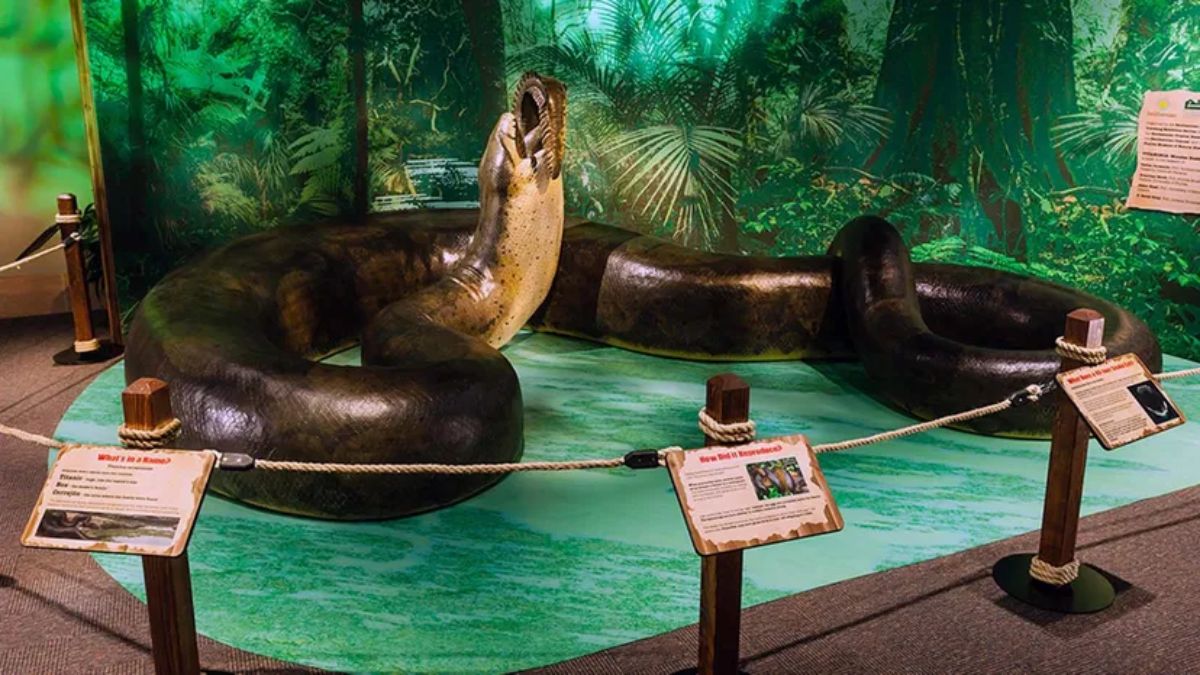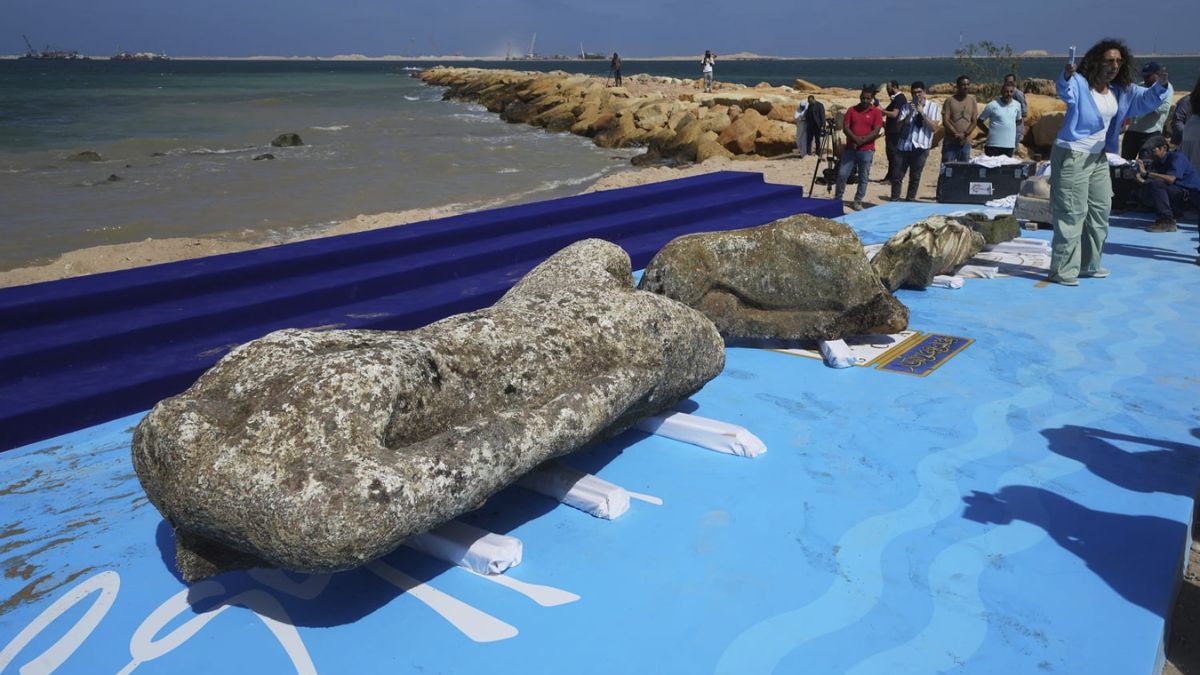Every year, the LA Lotus Festival transforms Echo Park into a stage filled with rhythm, color, and movement. While the food, art, and boat races are all part of the excitement, it’s the traditional dances that truly steal the show.
Table of Contents
These performances aren’t just for entertainment—they’re a living celebration of the cultures that make up the Asian and Pacific Islander communities. If you’ve never been, or you’re planning to go, here are some of the unforgettable traditional dances you can expect to see.
Hula
Straight from the islands of Hawaii, hula is a dance that tells a story through graceful hand gestures and rhythmic hip movements. But don’t let its beauty fool you—it’s deeply meaningful. Each gesture represents parts of nature, legends, or emotions.
Performed to the beat of drums or the sweet sound of ukulele, hula captures the spirit of aloha and brings a calming energy to the festival. It’s often one of the most photographed and beloved performances of the weekend.
Tinikling
Ever seen dancers weave between moving bamboo poles without getting their ankles caught? That’s tinikling, a traditional dance from the Philippines. Two people rhythmically tap and slide bamboo poles on the ground while dancers hop in and out with lightning-fast footwork. It’s thrilling to watch and even more impressive when you realize it takes impeccable timing and athleticism. Tinikling is inspired by the movements of birds avoiding bamboo traps, blending art with history.
Taiko
This one isn’t a dance in the traditional sense, but taiko drumming is a performance art that moves just as much as it shakes the ground. Originating in Japan, taiko combines powerful drumming with choreographed arm movements and body positioning. Performers often shout in unison and move with intensity, making it feel like both a musical and physical performance. The beats echo across the park, drawing huge crowds every time.
Bharatanatyam
One of the oldest classical dance forms of India, Bharatanatyam is a spiritual and expressive performance style. Dancers wear brightly colored costumes, bells on their ankles, and ornate jewelry. With intricate hand gestures called mudras and precise facial expressions, they act out scenes from ancient Hindu texts and epics. It’s storytelling at its most elegant and symbolic, and watching it up close is like witnessing a centuries-old tradition come to life.
Lion Dance
No cultural celebration would be complete without the lion dance. Typically performed during Chinese New Year and other major festivals, this dance features two performers inside an elaborate lion costume, dancing to the beat of gongs, drums, and cymbals. At the Lotus Festival, the lion dance is often used to open or bless the event, symbolizing good luck and the warding off of evil spirits. It’s lively, loud, and absolutely mesmerizing to watch.
Siva
From the Polynesian islands comes the Samoan siva, a slow and graceful dance usually performed by women. The movements are elegant, fluid, and tell stories about daily life, love, or nature. Accompanied by traditional chants or music, siva creates a peaceful contrast to the more upbeat and energetic performances. It’s all about controlled movement, storytelling, and cultural pride.
Korean Fan Dance
The Korean fan dance, known as Buchaechum, is a stunning visual performance where dancers hold large, colorful fans and create flowing patterns that resemble butterflies, flowers, or waves. Wearing vibrant hanbok (traditional Korean attire), performers move in unison, gliding gracefully across the stage. The precision, color coordination, and beauty of the performance make it a true showstopper every year.
Fusion
While traditional dances are the heart of the festival, there’s also room for modern and fusion performances. Some groups blend traditional styles with contemporary music or hip-hop, creating unique choreographies that reflect the experience of second-generation immigrants or multicultural identities. These performances keep the festival fresh, relevant, and inclusive for younger audiences.
FAQs
What is the Filipino tinikling dance?
Tinikling is a bamboo dance with quick footwork from the Philippines.
Is taiko considered a dance?
It’s a Japanese drum performance with choreographed movement.
What does the lion dance symbolize?
It brings good luck and chases away evil spirits.
Which Indian dance is performed at the festival?
Bharatanatyam, a classical dance from South India.
Do modern dance styles appear at the festival?
Yes, fusion styles blend tradition with modern music.

